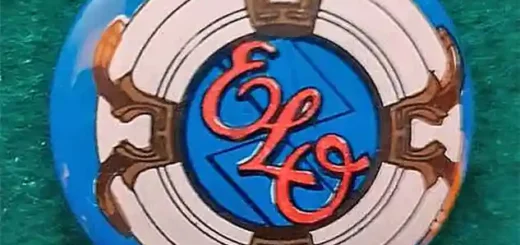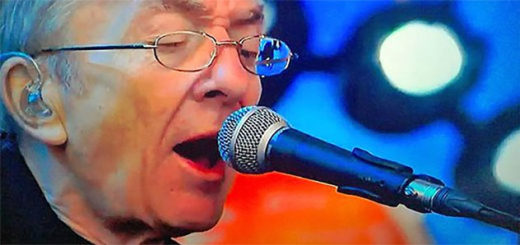Banqueting House / No Answer

«Banqueting House» es un edificio histórico de Londres, el único que subsiste del antiguo Palacio de Whitehall, que resultó arrasado por un incendio en 1698. Se encuentra al final de la calle Whitehall cerca de Trafalgar Square.
Es el palacio de banquetes y fiestas más grande y famoso de los que han sobrevivido. Antiguamente formó parte del Palacio de Whitehall; fue diseñado por Íñigo Jones en 1619 y completado en 1622 con ayuda de John Webb. En 1649 el Rey Carlos I de Inglaterra fue ejecutado en un andamio en frente del edificio.
En el interior del edificio hay una sola sala de dos pisos decorada con pinturas de Rubens. Fueron encargadas por Carlos I en 1635 y se realizaron a medida para ser encajadas en el techo, imitando la pintura mural al fresco.
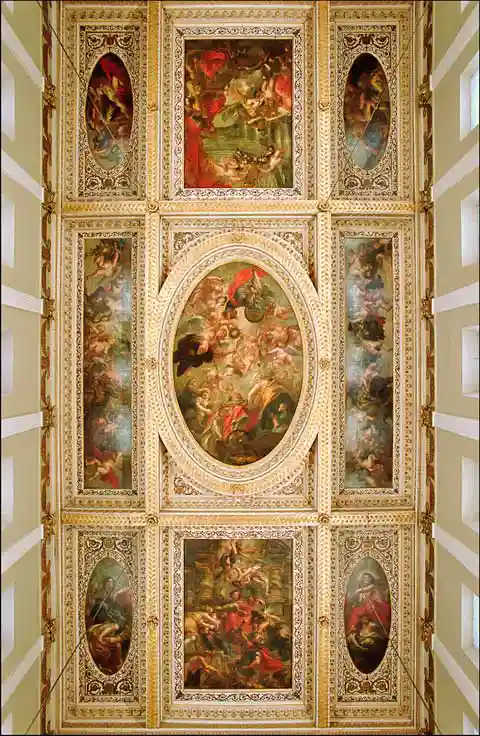
Desconocemos los motivos por los que este lugar fue el elegido para utilizarlo en la portada y contraportada del álbum «NO ANSWER» de ELECTRIC LIGHT ORCHESTRA.
La empresa HIPGNOSIS fue la encargada de preparar la portada del primer disco de ELO y éste el lugar donde se recrearon para concebir dicha portada vistiendo a LYNNE, BEVAN y WOOD con trajes del siglo XVII.
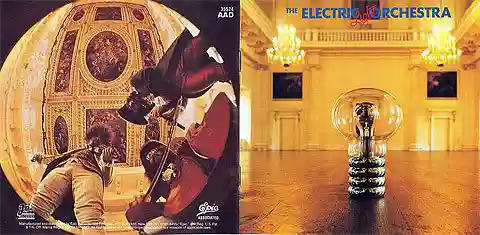
El sonido de The Electric Light Orchestra/No Answer es único en comparación con producciones futuras del grupo liderado por JEFF LYNNE, incorporando numerosos instrumentos de viento y reemplazando las partes de guitarra por riffs de cello, brindando a la grabación un sonido experimental barroco. En este sentido, «The Battle of Marston Moor» es el tema del álbum más influido por el sonido barroco. En la canción, Roy Wood, además de tocar todos los instrumentos, se vio obligado a tocar la percusión debido a la negativa opinión que BEV BEVAN había aportado sobre el tema. Aún así, la conexión musical con el sonido de The Beatles, influencia básica en la formación musical de Jeff Lynne, se hace patente en el álbum con temas como «10538 Overture» y «Mr. Radio», comparables melódicamente con temas del grupo británico como «I Am the Walrus» y «Strawberry Fields Forever».
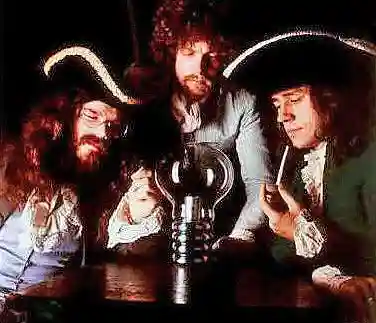
A pesar de la naturaleza experimental del álbum, The Electric Ligh Orchestra/No Answer entró en las listas de éxitos tanto en Estados Unidos como en el Reino Unido. La convencional «10538 Overture» entró en el Top 10 de las listas británicas.
La canción «Mr. Radio» fue programada en un primer momento como segundo sencillo del álbum, si bien fue finalmente rechazada. La versión editada del sencillo fue publicada por primera vez en el álbum recopilatorio de 2005 Harvest Showdown.
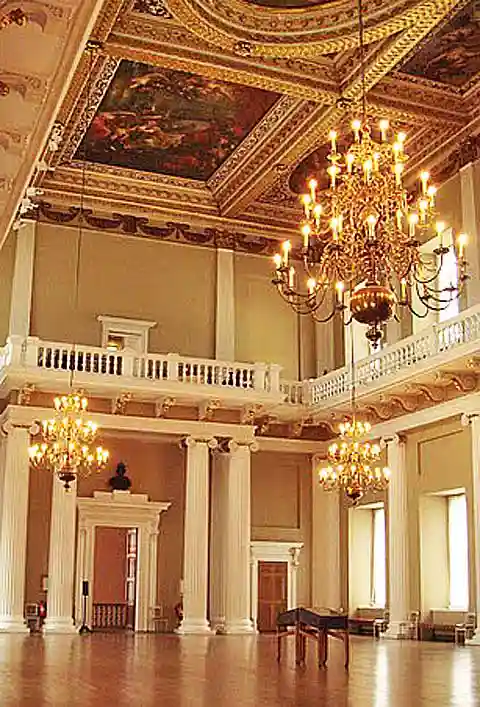
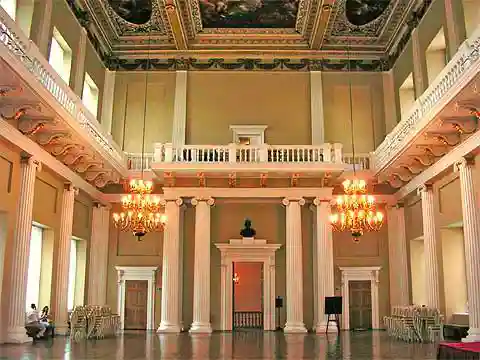
Pasados los años, la construcción y decoración de este lugar ha sido modificada pero todavía queda constancia del lugar donde, en el año 1971, fueron tomadas las imágenes para lo que sería la presentación de ELO en vinilo para todo el mundo.
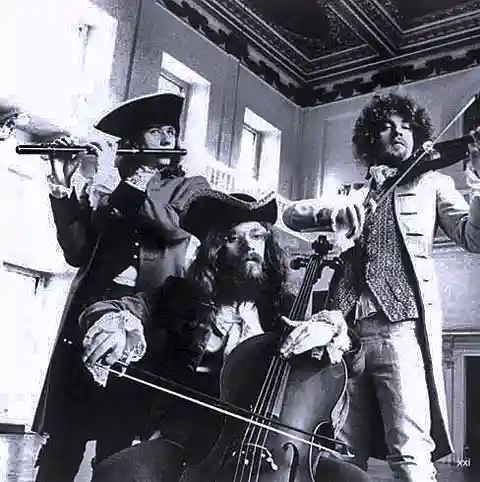
ELOSPAIN:
"Banqueting House" is a historic building in London, the only one that remains of the old Palace of Whitehall, which was destroyed by fire in 1698. It is located at the end of Whitehall Street near Trafalgar Square.It is the largest and most famous surviving palace of banquets and festivals. Formerly it was part of the Palace of Whitehall; It was designed by Inigo Jones in 1619 and completed in 1622 with the help of John Webb. In 1649 King Charles I of England was executed on a scaffold in front of the building.
Inside the building there is a single two-story room decorated with paintings by Rubens. They were commissioned by Carlos I in 1635 and were made to measure to be fitted to the ceiling, imitating fresco mural painting.
We do not know the reasons why this place was chosen to be used on the front and back covers of the album "NO ANSWER" by ELECTRIC LIGHT ORCHESTRA.
The company HIPGNOSIS was in charge of preparing the cover of ELO's first album and this is the place where they recreated themselves to conceive said cover dressing LYNNE, BEVAN and WOOD in seventeenth-century costumes.
The sound of The Electric Light Orchestra/No Answer is unique compared to future productions by the group led by JEFF LYNNE, incorporating numerous brass instruments and replacing guitar parts with cello riffs, giving the recording a baroque experimental sound. In this sense, "The Battle of Marston Moor" is the track on the album most influenced by the baroque sound. In the song, Roy Wood, in addition to playing all the instruments, was forced to play percussion due to the negative opinion that BEV BEVAN had given on the subject. Even so, the musical connection with the sound of The Beatles, a basic influence on Jeff Lynne's musical formation, is evident on the album with songs like "10538 Overture" and "Mr. Radio", melodically comparable to songs by the British group. like "I Am the Walrus" and "Strawberry Fields Forever."
Despite the experimental nature of the album, The Electric Light Orchestra/No Answer entered the charts in both the United States and the United Kingdom. The conventional "10538 Overture" entered the Top 10 of the British charts.
The song "Mr. Radio" was originally scheduled as the album's second single, but was ultimately rejected. The edited version of the single was first released on the 2005 compilation album Harvest Showdown.
Over the years, the construction and decoration of this place has been modified but there is still evidence of the place where, in 1971, the images were taken for what would be the presentation of ELO on vinyl for the whole world.

